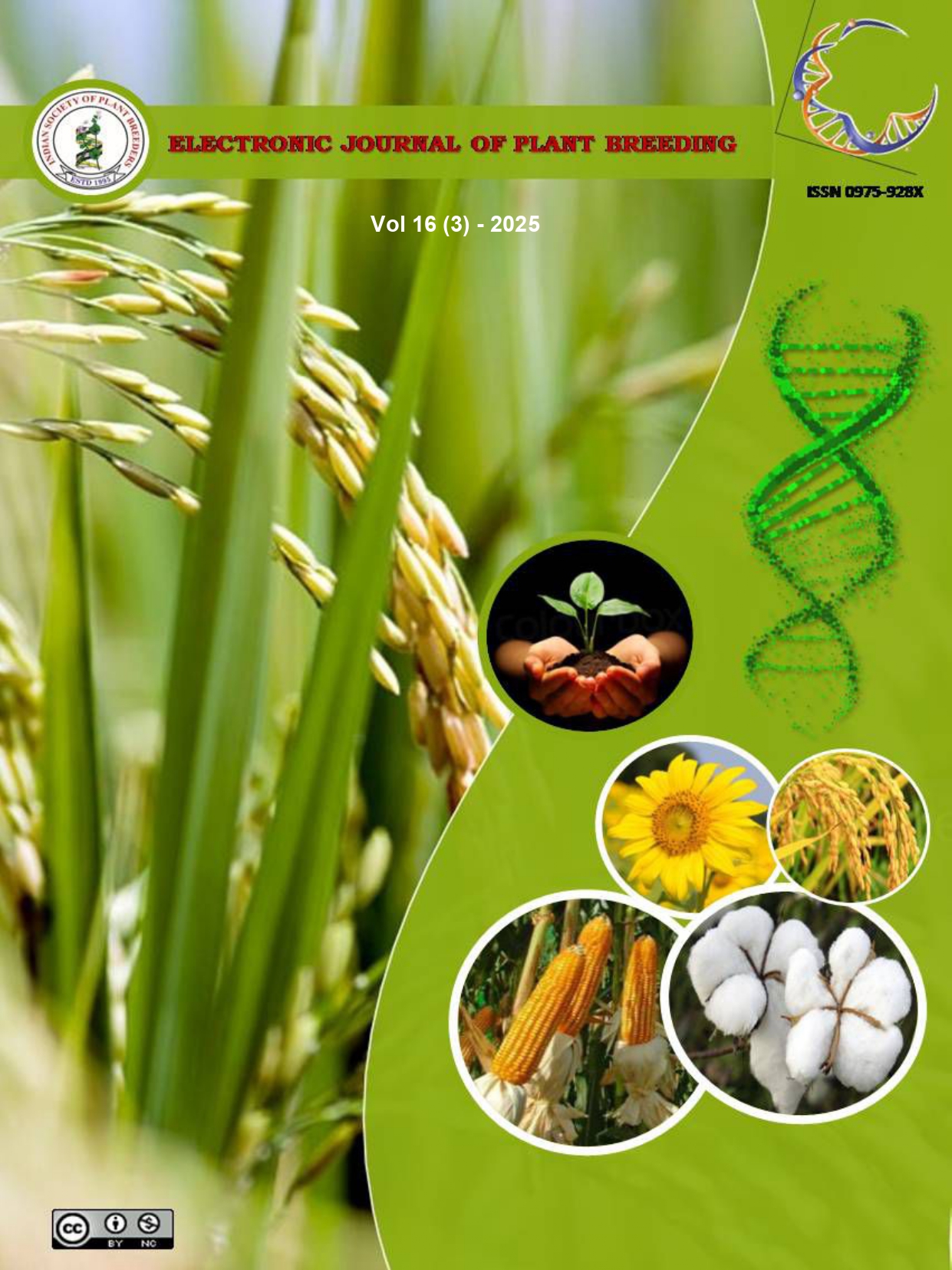Decoding genetic diversity in Withania somnifera: A molecular approach using ISSR primers and multivariate analysis
Abstract
Withania somnifera (L.) Dunal is a medicinally significant plant that is gaining commercial and therapeutic relevance. This study evaluates the efficacy of various primers in detecting genetic polymorphisms by examining the genetic diversity of W. somnifera accessions using a variety of molecular markers. Nine of the 12 ISSR primers exhibited noticeable, repeatable, and highly polymorphic banding patterns. The maximum level of genetic variation was demonstrated by UBC 840, while the least diversity was revealed by UEC 8 and UEC 856. In general, the loci analyzed showed a restricted degree of polymorphism, suggesting that the potential for improved resolution may require the use of alternative marker systems or additional primers. The Principal Coordinate Analysis (PCoA) identified two distinct genetic clusters: a compact group of NAS 11–20 and a more dispersed group of NAS 1–8. It is important to note that NAS 9 and NAS 10 were genetically distinct samples, which implies the existence of distinctive traits that require additional investigation. The study underscores the significance of selecting effective primers for accurate diversity assessment and emphasizes the moderate genetic diversity among the accessions. These findings establish a basis for evolutionary investigations, conservation initiatives, and breeding programs.

